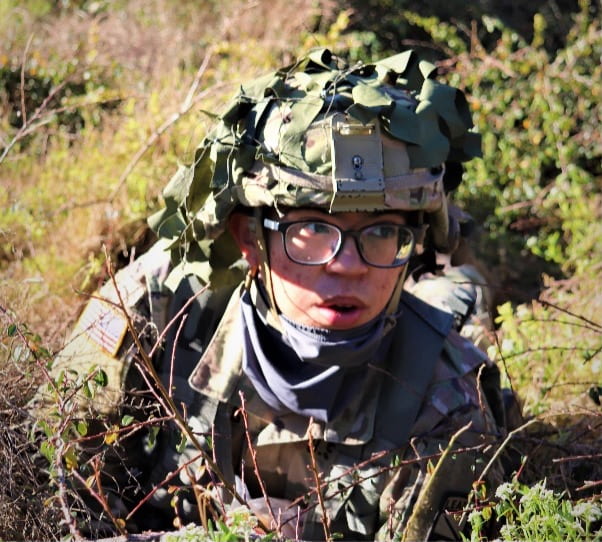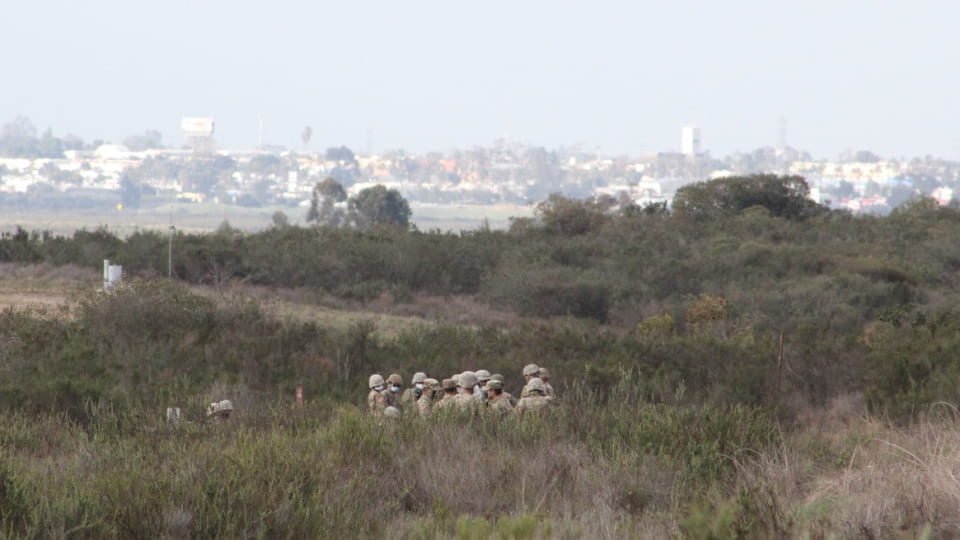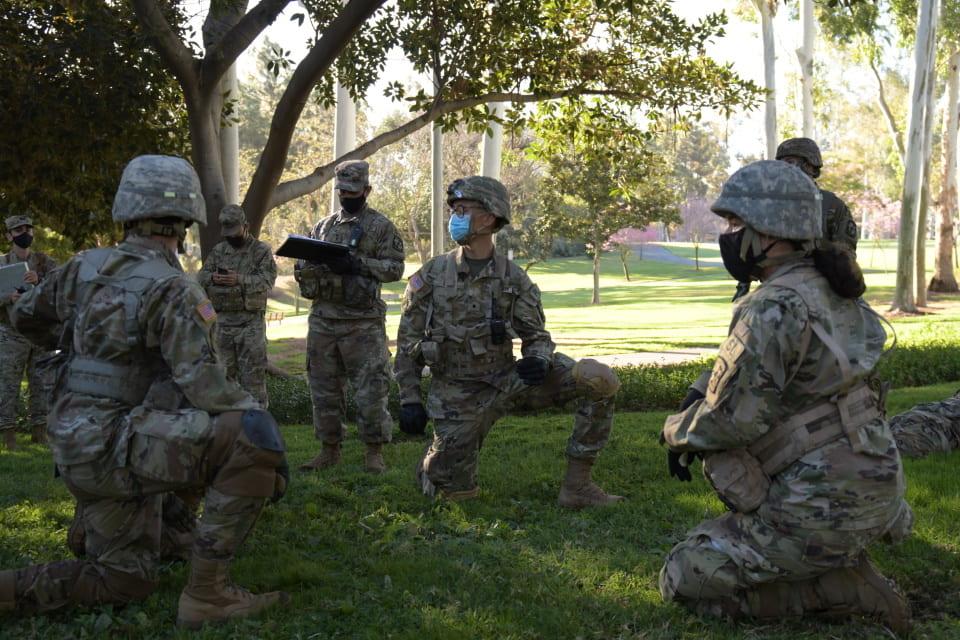To continue the rigorous training ROTC provides, UCI cadets participated in Situational Training Exercise (STX) at Marine Corps Air Station (MCAS) Miramar. These exercises were short, scenario-driven, and mission-oriented to practice battle drills and refine the tactical skills necessary to be U.S. Army Officers. During this exercise, cadets were required to work with cadets from California State University, Fullerton, our ROTC host school, to become a cohesive unit and complete their assigned missions. By doing this, cadets build their leadership skills by working with unfamiliar faces and exercising command presence in new situations.
STX Lanes

On the STX lanes, cadets were able to complete squad-level missions such as reconnaissance, ambush, deliberate attack, and react to contact. These missions are tactically intensive but, more importantly, they provide the cadets with valuable leadership training in communication, teamwork, perseverance, and train cadets to continue pushing when the going gets tough. The tactical tasks were completed by proper route planning to an objective with a map, compass, and grid coordinate, proper use of hand and arm signals, noise and light discipline, and utilizing terrain to maintain cover and concealment—skills which are all critical to mission success.
The main focus during these tactical lanes are cadet leadership attributes and competencies. The U.S. Army and Cadet Command focus on and train three leadership attributes, “Character,” “Presence,” and “Intellect,” while focusing on and training on three leadership competencies, “Leadership,” “Development,” and “Achievement.” The tactical tasks were completed by proper route planning to an objective given a map, compass, and grid coordinate, proper use of hand and arm signals, noise and light discipline, and utilizing terrain to maintain cover and concealment which are all critical to mission success.
Land Navigation

In addition to STX Lanes, cadets completed the Land Navigation course at MCAS Miramar, which consisted of day and night land navigation. During this exercise, cadets were given compasses, maps, protractors, and grid coordinates to find their points. During land navigation, cadets were given four points to find in just under four hours, with some points being multiple kilometers away from each other. Junior cadets (MSI’s & MSII’s) were sent out in groups of three in order to work as a team and learn the basics of land navigation with their peers, while the junior and senior cadets were sent out individually to assess their individual level land navigation skills. With training such as this, cadets can hone in on their land navigation skills so that, when they are dropped into any sort of mission, they can always rely on their gained knowledge and apply it utilizing a compass, protractor, and map.

